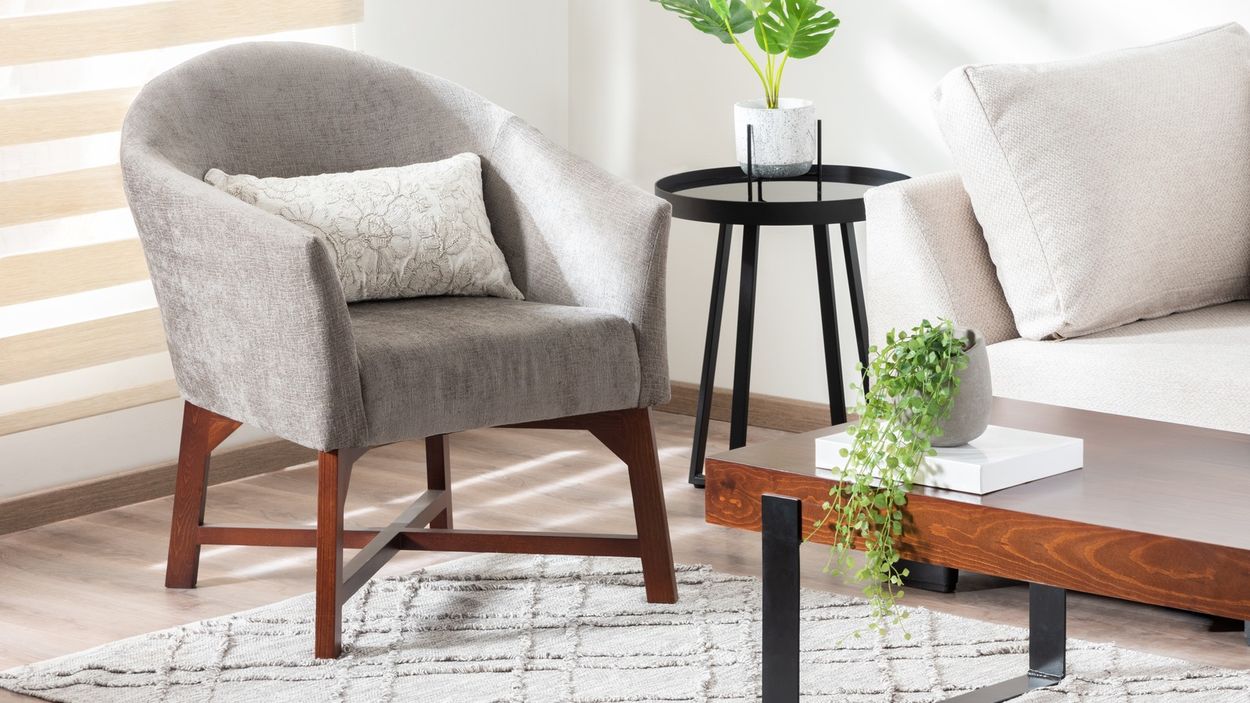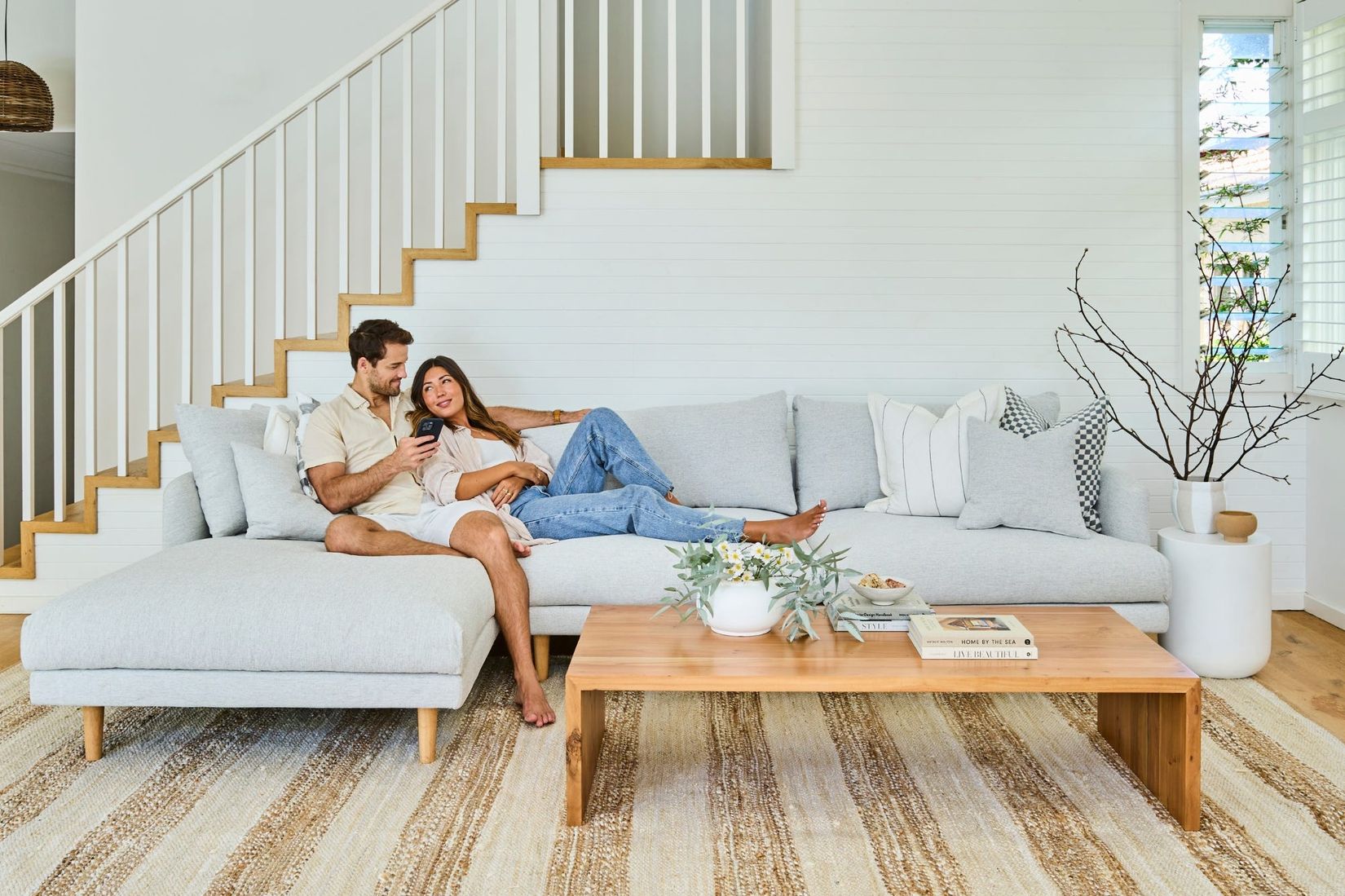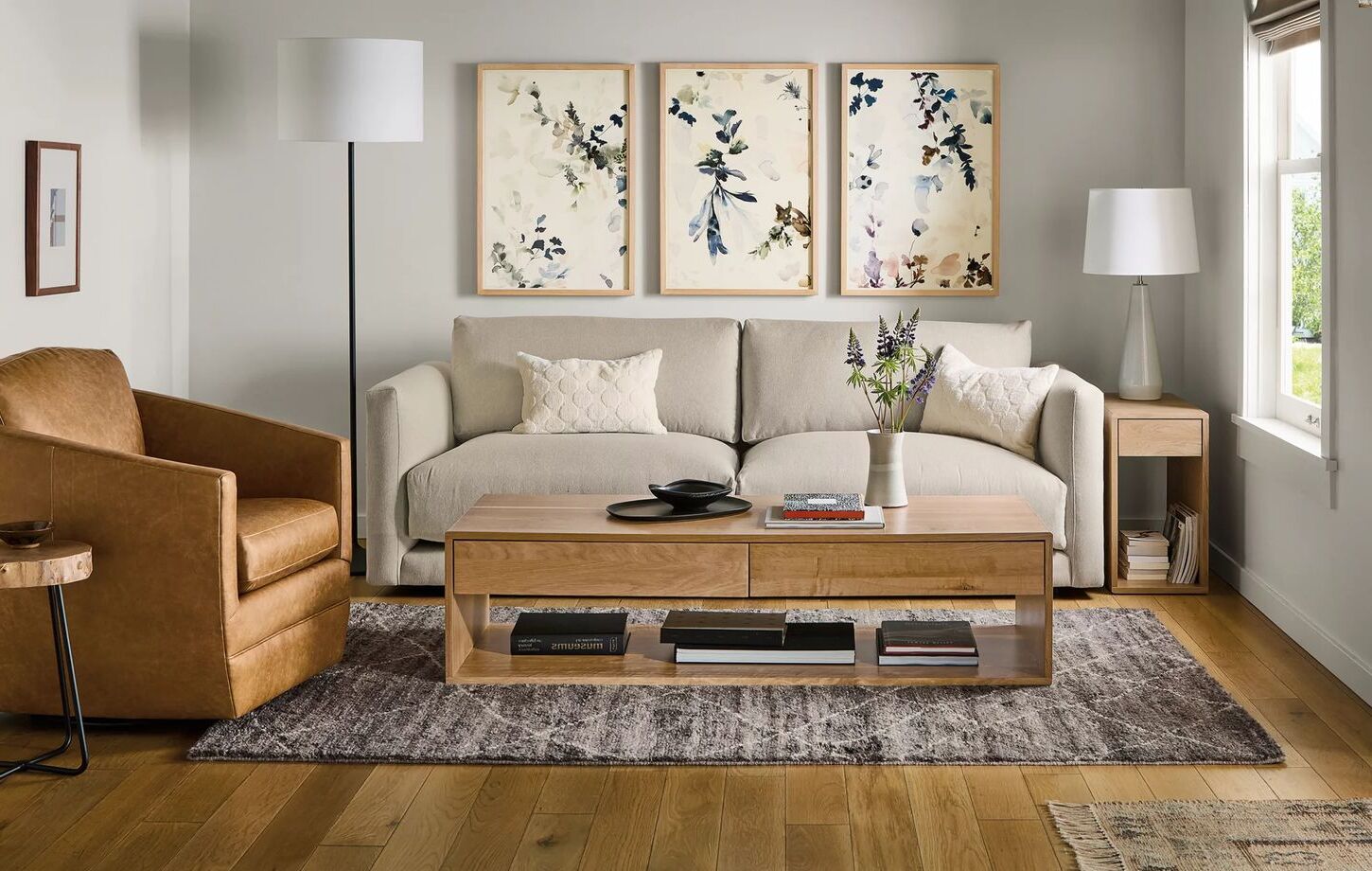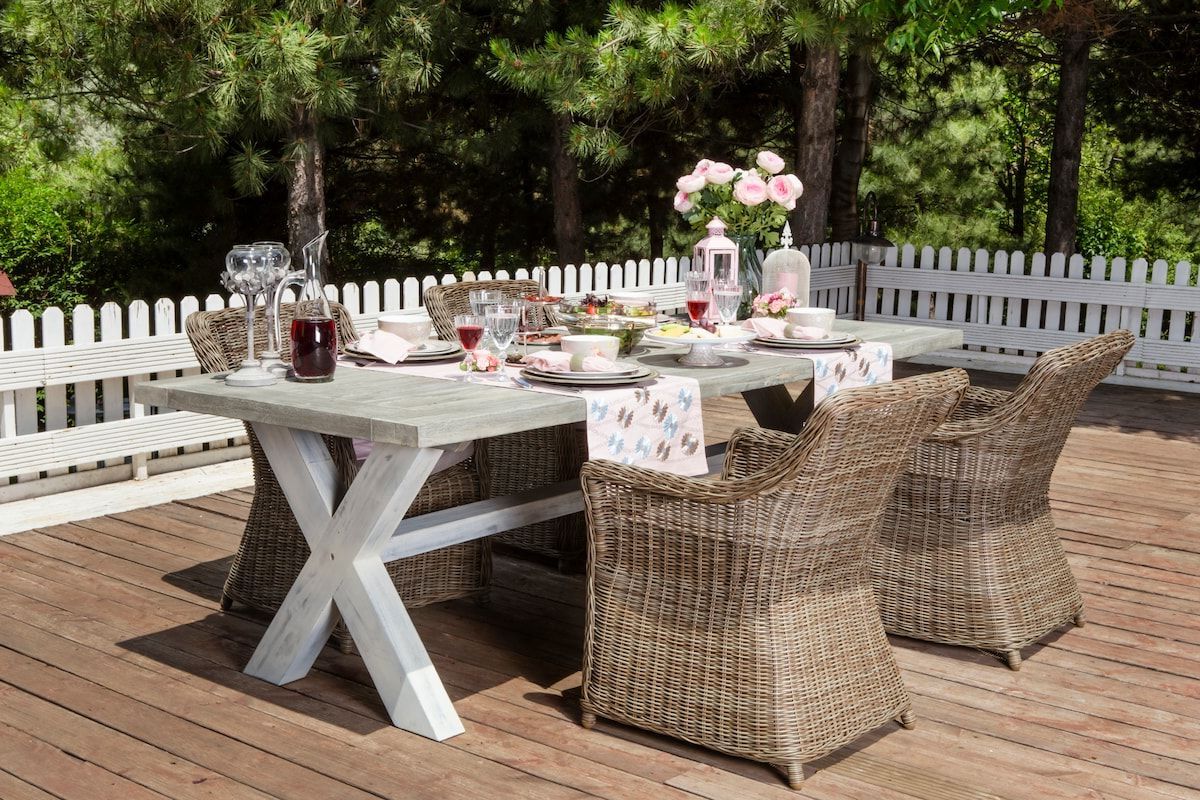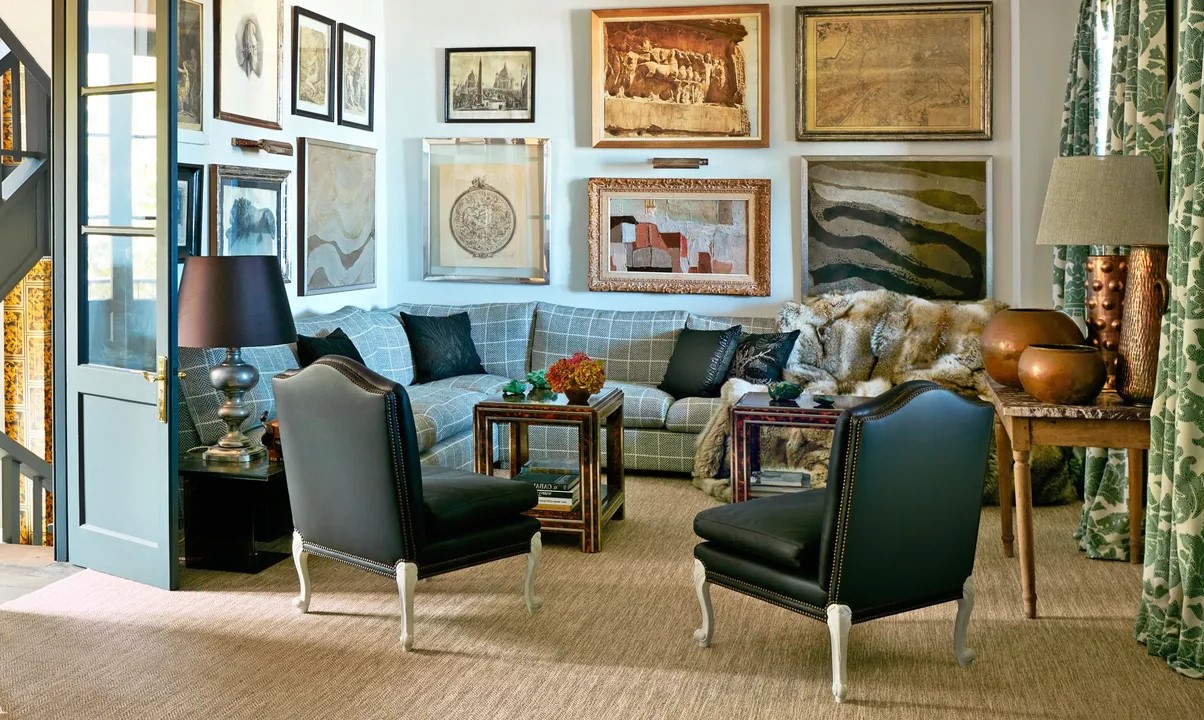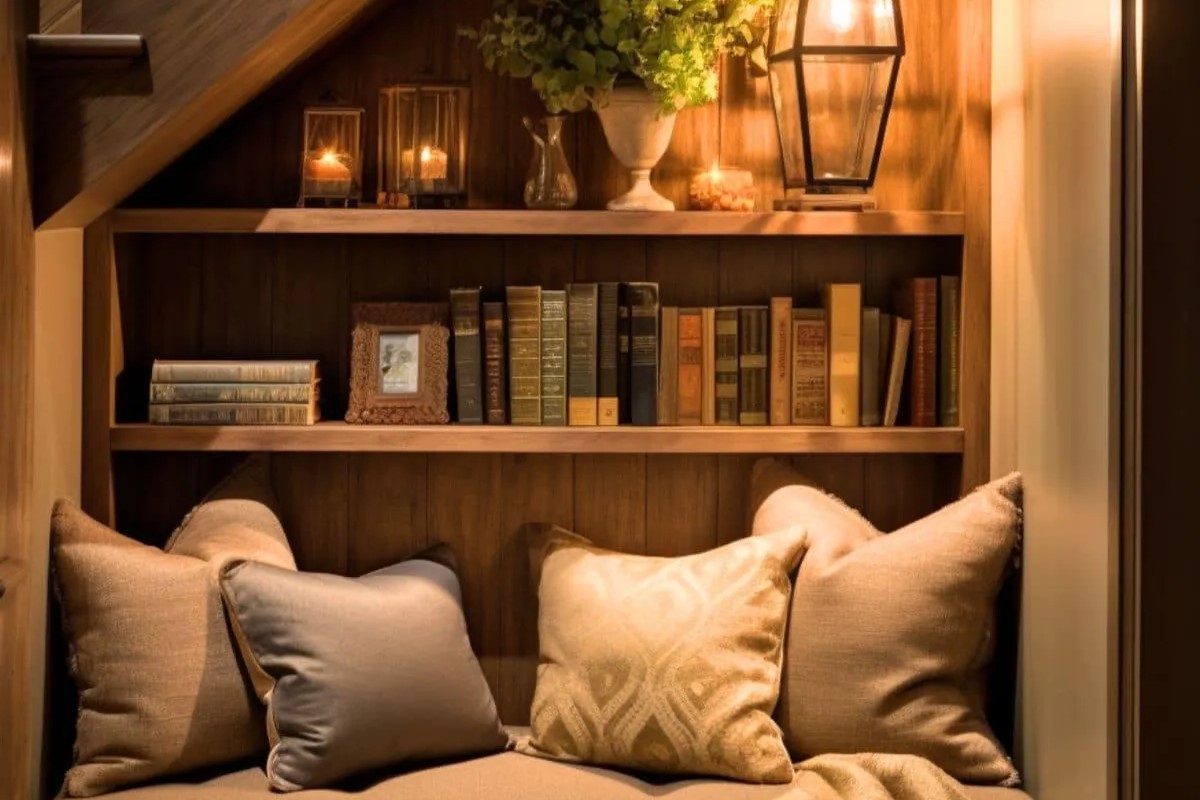Home> Furniture Design
Furniture Design: A Comprehensive Guide to Style & Evolution
Dive into the art of Furniture Design. Uncover its rich history, explore different styles, and get insights into how furniture design influences our homes and lifestyle.
Timeless Tips For Choosing The Perfect Antique Furniture
By: Benjamin Parker • Ideas and Tips
